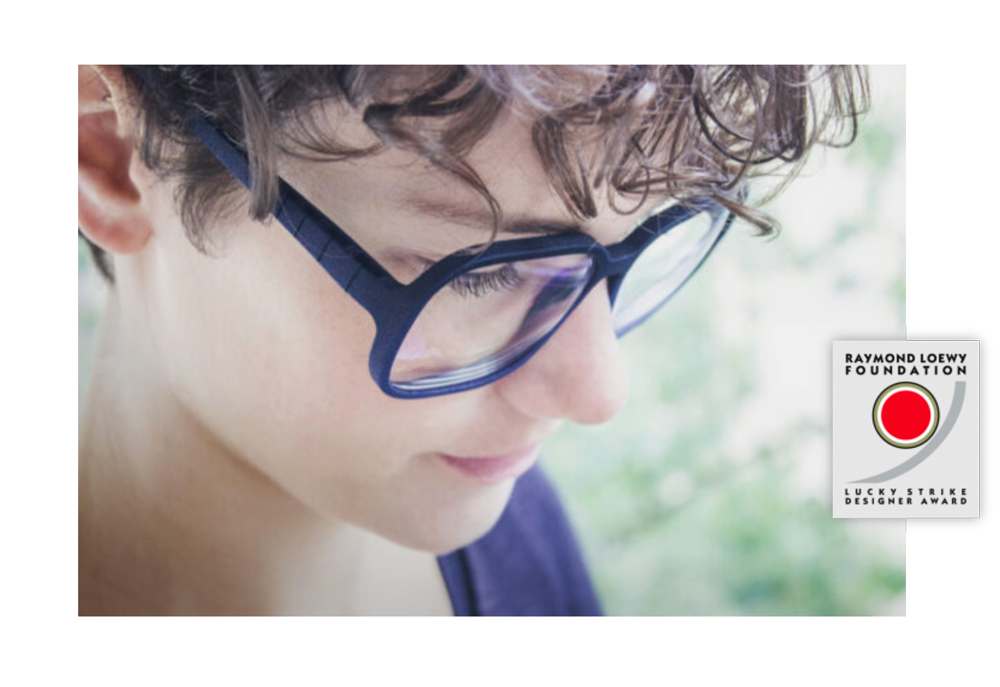Parametric Glasses
Born from Data

In Zeiten des Digital Turn ist es Gestaltenden möglich, nicht nur die seit der Renaissance bestehende Trennung (Albertianische Trennung oder Autorenschaft) aufzuweichen und damit den Entwurf und die Herstellung wieder zunehmend von ein und demselben Akteur ausführen zu lassen, sondern ebenfalls die entstandenen Entwürfe mittels digitaler Algorithmen zu parametrisieren, also den Entwurf weiterhin veränderbar zu lassen, was dazu führt, dass am Ende dieser Prozesse mehr als nur ein Objekt stehen kann.
Wird nun zusätzlich der Gestaltungsprozess geöffnet und einem Rezipienten ein expliziter Eingriff in das Design gewährt, hat das massive Auswirkungen auf die Autoren- oder Urheberschaft des Objekts. Am Beispiel des Entwurfs eines parametrischen Brillengestells, das in einem selektiven Lasersinterverfahren (eine Form des 3D-Drucks) fabriziert wurde, wurde dieser Ansatz im Rahmen der Masterthesis erforscht und explorativ in Kooperationen durchgeführt.
/
In times of the digital turn, it is possible for designers not only to overcome the separation that has existed since the Renaissance (Albertian separation or authorship) and thus to have the design and the production increasingly carried out by one and the same actor, but also to parameterize the resulting designs by means of digital algorithms, i.e. to continue to allow the design to be changed, which leads to the fact that at the end of these processes there can be more than one object.
If the design process is also opened up and a recipient is allowed to explicitly intervene in the design, this has a massive impact on the authorship of the object. Using the design of a parametric eyeglass frame fabricated in a selective laser sintering process (a form of 3D printing) as an example, this approach was explored and exploratory collaborations were conducted as part of the master’s thesis.